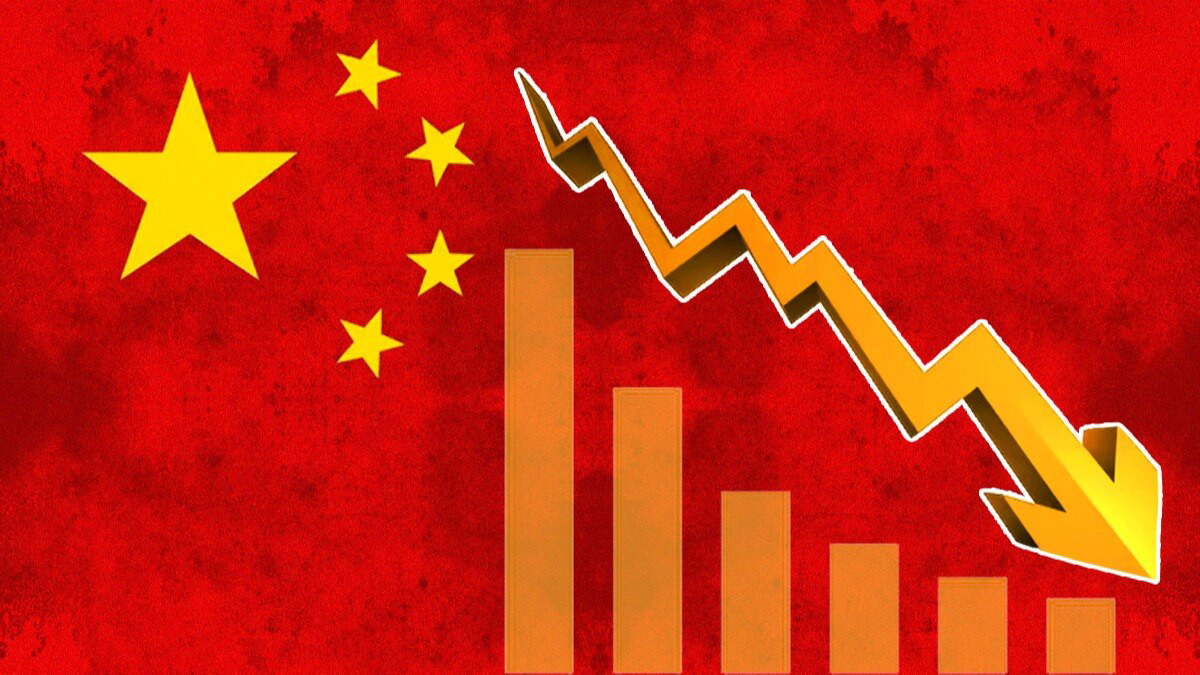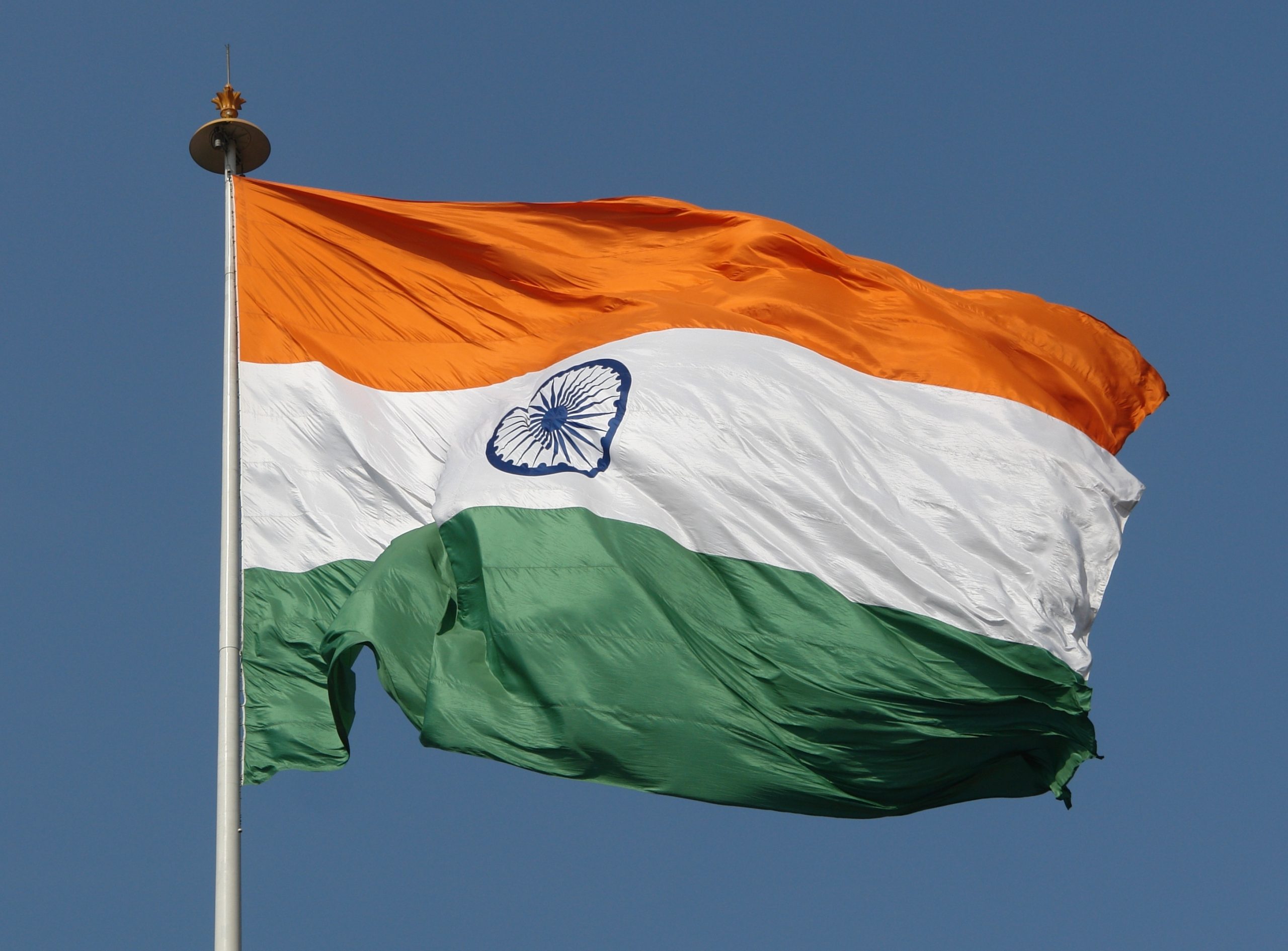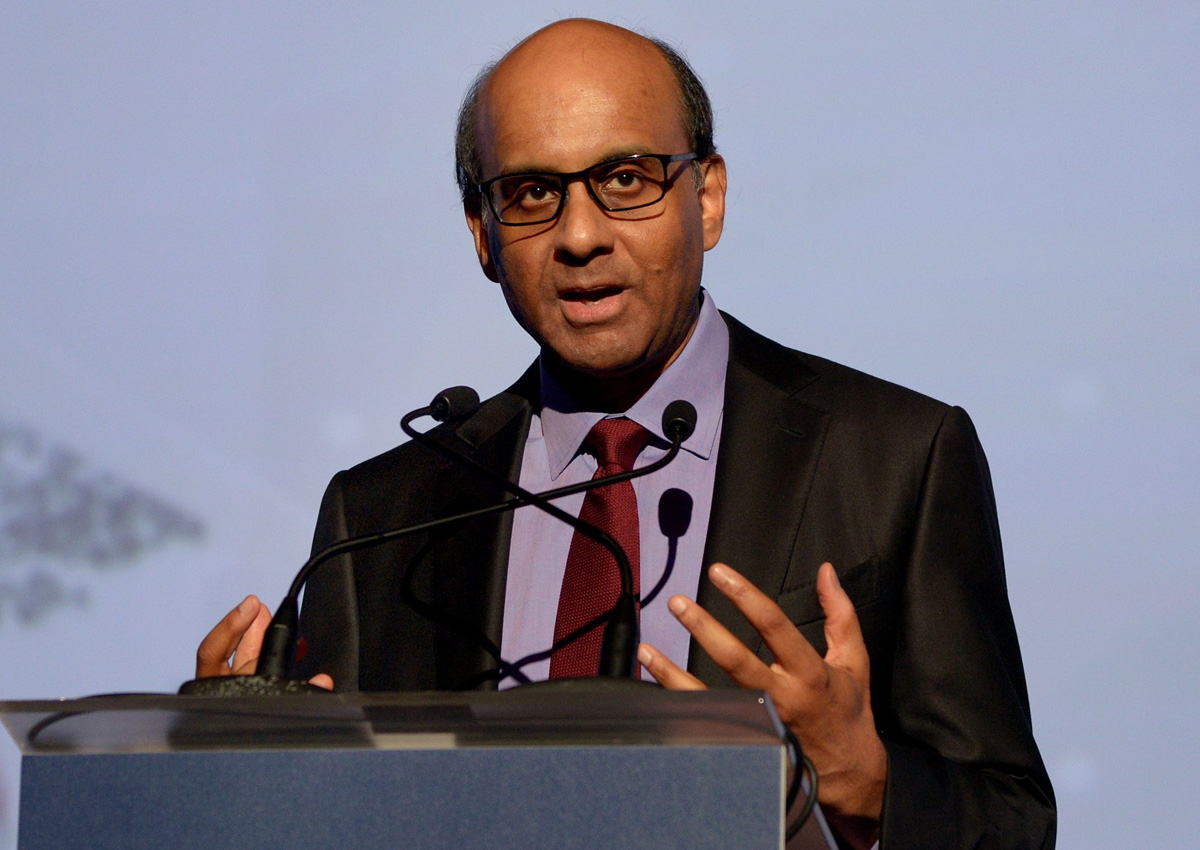China’s economic environment has faced a number of difficulties in recent years that have caused worry on both the local and international fronts. India, a nearby economic giant, has also been working to establish itself as a desirable choice for investment and development. This article explores China’s economic issues and the opportunities they provide India.
China has been and will continue to be the world’s industrial hub, but worries about its slowing development in 2023 have sent shockwaves throughout the world. Nations worry that the ailing Chinese economy may cause global growth to slow down even more, given the intricate connections between the global and Chinese economies. How to deal with the fallout in this situation becomes one of the most crucial considerations. In order to respond to this query, it is important to first determine if the issue is structural or cyclical in nature. The repercussions may be avoided with such clarity.
China has historically escaped both the Asian and global financial crises with little damage. In spite of the US-China trade war since 2017, it nevertheless managed to survive until 2023. This creates the perception that these crises are cyclical in nature and ingrained in the Chinese economy’s genetic code. However, a deeper look reveals that the crisis in 2023 will be structural in character rather than similar to any that the Chinese economy has previously faced.
China’s leaders described the current economic recovery as “torturous” at a Politburo meeting in July. They were making reference to China’s present economic issues, which include, among other things, declining GDP growth rates, high unemployment, entrenched inequality, and dangerously low levels of consumption. It’s noteworthy to remark that such candour from a communist party institution, much less from such a high level, is impossible to fathom.
The fact that consumer prices were lower in July than they were a year earlier raises the possibility that the economy is on the verge of deflation, which is caused by a persistent lack of demand. Due to weak worldwide demand, there was a substantial reduction in exports in the same month and an even greater decline in imports, which indicated weak domestic demand. Additionally, private businesses and entrepreneurs are not investing much or employing many people. The youth unemployment rate has reached 21%, which is triple the US rate. Evidently, the majority of the issues weighing on the Chinese economy now have been accumulating for years, even while China dazzled the world with its enchanted double-digit growth rates and boasted that it was making progress in bringing millions out of poverty while also climbing the technological ladder.
Since Deng Xiaoping’s reforms and opening up in 1978, investment and an export-led growth strategy have been the two pillars of Chinese economic development. With increased purchasing power and demand for goods and services as a result of the reforms, consumer living standards in China improved. Investments in infrastructure, particularly in export-oriented businesses in China’s coastal belts, also generated income that fueled the country’s economic growth. China’s consumption rates have, however, traditionally been modest when compared to those in other nations. Consumption, which is a key factor in economic indicators, is currently even more muted in China, particularly for expensive things like automobiles, homes, and private investment. In actuality, each of these three pillars of the Chinese economy saw a decline in the first half of this year.
The National Development and Reform Commission (NDRC) even released 12 comprehensive measures to increase domestic consumption, including encouraging market players to use domestic AI technologies to raise the quality of electronic products, enhancing the ability of electronic products to innovate, cultivating new consumption growth points, and so on. Something is definitely wrong if the NDRC has such a wide-ranging aim for boosting consumption.
Income and consumption are related. As was previously said, the administration has now announced it will discontinue providing data on youth unemployment as the rate among young people has surpassed 21%. There is no revenue in the absence of jobs. Consumption is not feasible without income. Beyond the relationship between consumption and income, however, there are further structural factors at play in China, where consumption has historically been low and savings rates have always been quite high. In actuality, China’s savings rate—which is close to 50% of its GDP—is incredibly high. It wants to store money for a rainy day, which is motivated by historically poor policies. Mao Zedong’s tragic Great Leap Forward and Cultural Revolution, which plunged the Chinese economy into oblivion, taught Chinese customers to save money and invest in real estate, which they may sell if tragedies strike like those Mao put the Chinese people through.
Similar to this, the difficult three-year lockdown under Xi Jinping, which saw Chinese consumers experience extreme lows, including inadequate food and medical care, once again emphasised the lesson that it is better to save for a rainy day than to consume. China now has a massive local government debt issue, a real estate bubble, and massive urban infrastructure building coupled with under-urbanisation as a result of hedonistic policies implemented during oppressive regimes. All of these indicators point to a desire to conserve rather than spend and consume. The development model, which previously shone brightly, blinding the audience to its underlying structural problems, has only failed more now that authoritarianism is increasing under Xi.
What does this imply for India, a neighbour? India, a vital component of the world economy, would need to reconsider its plans as a result of decreased trade with China. Reduced imports into China may be raising concerns, but they may also be encouraging the development of new supply networks. Broadcasting equipment, integrated circuits, and office machine parts are the top three imports from China. India and Taiwan are working together in relevant fields, and this might be a catalyst for extending their economic cooperation. Refined copper, cotton yarn, and petroleum oils are India’s top three exports to China. Alternative markets for these items exist, and India merely has to reinforce its tactics to better develop these markets, so a decline in demand from China does not spell ultimate disaster for India.
In any event, non-tariff barriers exist in China for Indian goods that have competitive advantages in other regions of the globe, such as generic medications, IT, or even basmati rice. China’s continued decline in demand for these markets would further encourage India to look into alternative markets. There are also worries that international businesses may be harmed by rising competition brought on by the decreasing pricing of Chinese goods. Since there aren’t many Indian businesses in China, this concern may also be dismissed. Slower economic growth in China may also be advantageous for India since it will lessen competition in the markets for energy, particularly natural gas. Lower costs may help relieve the strain on energy prices, which will be advantageous for India.
India has a chance to present itself as a solid option for investors looking for stability and development as a result of China’s economic problems, which include rising debt, slowing GDP, and trade disputes. India has the potential to become a significant participant on the world economic stage by using its population advantage, services sector, industrial capacity, digital innovation, and infrastructural development. To fully realise this promise, India must handle its own issues, including legislative difficulties, talent deficits, and bureaucratic roadblocks. Their trajectories will definitely have an impact on the global economic environment for years to come as these two Asian giants negotiate their own economic pathways.








